|
In times of conflict and war, the world often witnesses humanity's darkest side, as nations grapple with destructive forces of violence and chaos to settle their differences. The horrors of war are an inescapable part of our shared history, whether in ancient battles on different continents or in modern conflicts like the 2023 military confrontations between Israel and Hamas, or Russia and Ukraine. In fact, according to estimates provided by multiple organizations which track military conflicts between various nation-states, at least 32-42 were such disputes already in progress when Hamas launched its assault on Israel October 7, 2023. Moreover, according to the Geneva Academy: “Our Rule of Law in Armed Conflict Online Portal (RULAC) classifies all situations of armed violence that amount to an armed conflict under international humanitarian law. Today, it monitors more than 110 armed conflicts and provides information about parties, the latest developments, and applicable international law. Some of these conflicts make the headlines, others do not. Some of them started recently, while others have lasted for more than 50 years.” In the face of such turmoil, is it possible that poetry might serve as a powerful tool for both preventing and navigating through the abyss of war? We will delve into two thought-provoking poems, "October 2023" and "The History Lesson" (text in section further down) to analyze how poetry can contribute to dialogues surrounding military conflicts; and, subsequently, we will identify several additional classic poems from the past and by more contemporary poets that are comparable in their ability to shed light on the complexities of war. THE ESSENCE OF POETRY |
Articles in AI Literary Chat Salon are written in partnership with chat bots to achieve a wide spectrum of balanced objective input and authentic human considerations. All feedback related to posts welcomed.Archives
April 2024
Categories
All
|
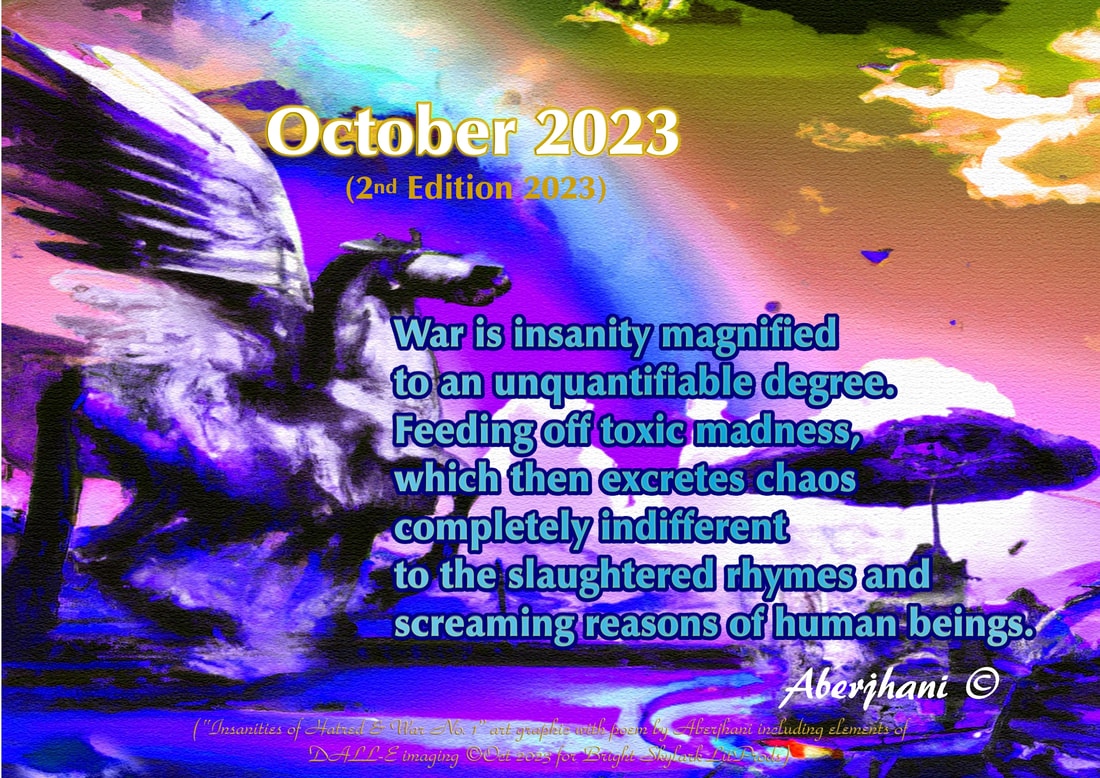
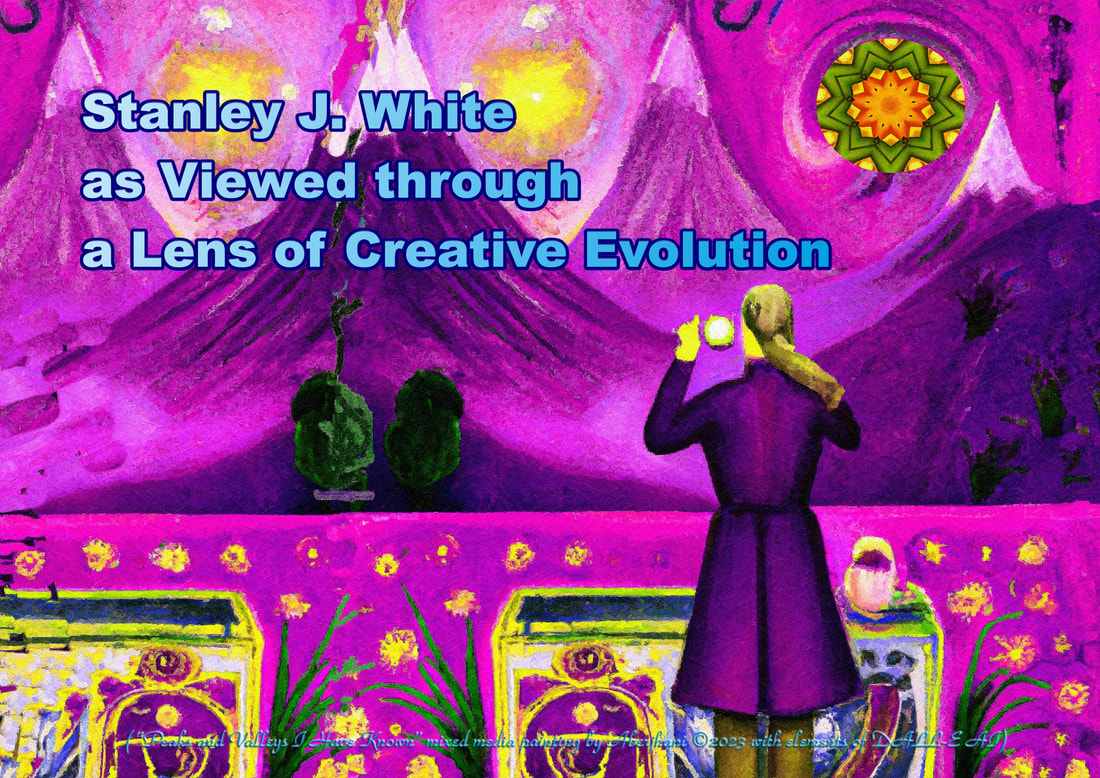
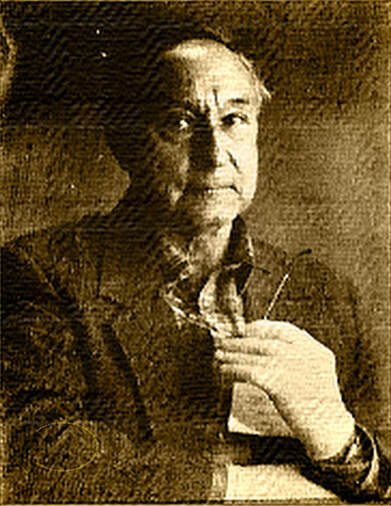
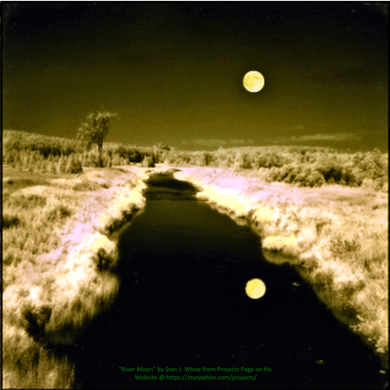
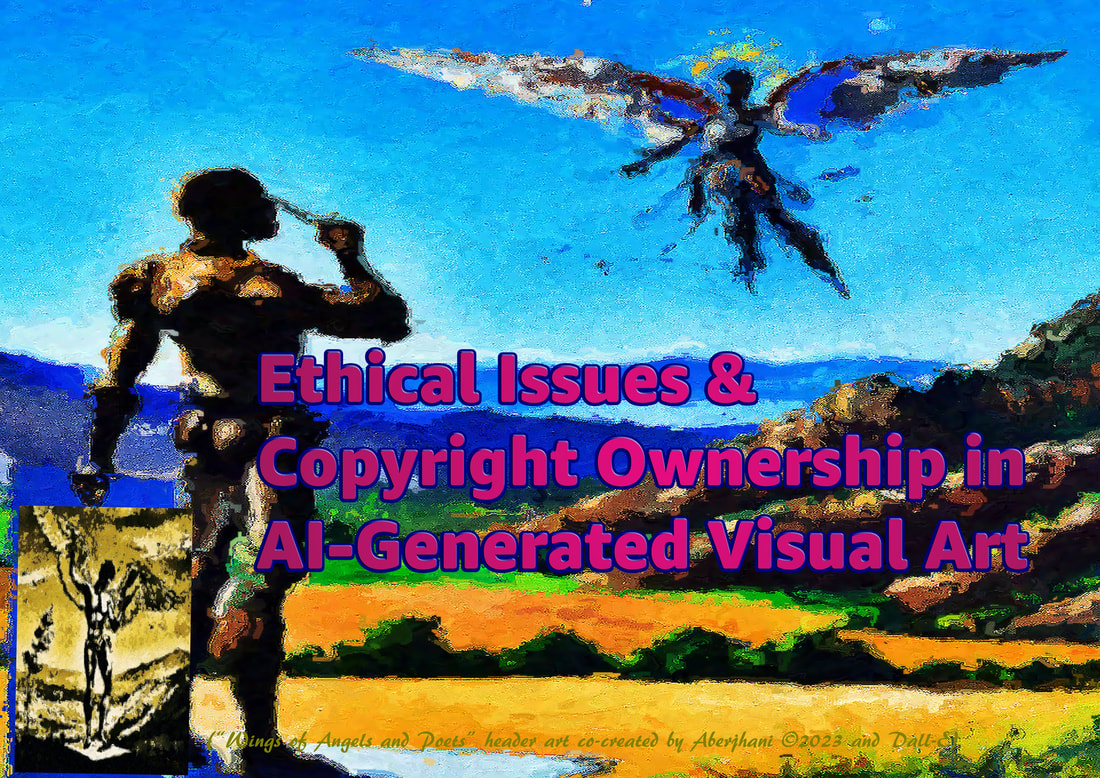
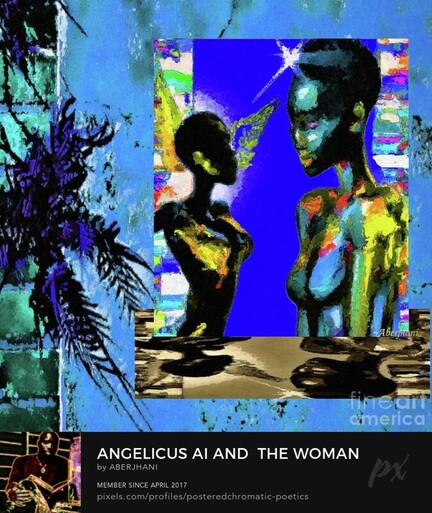
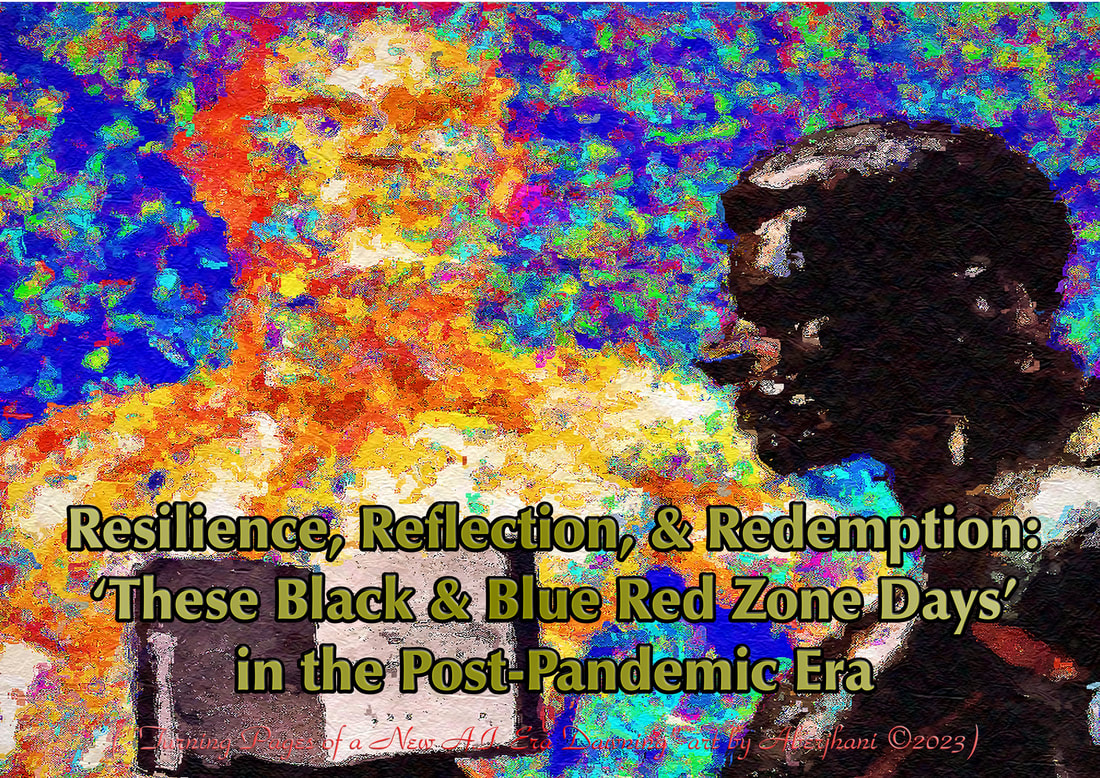
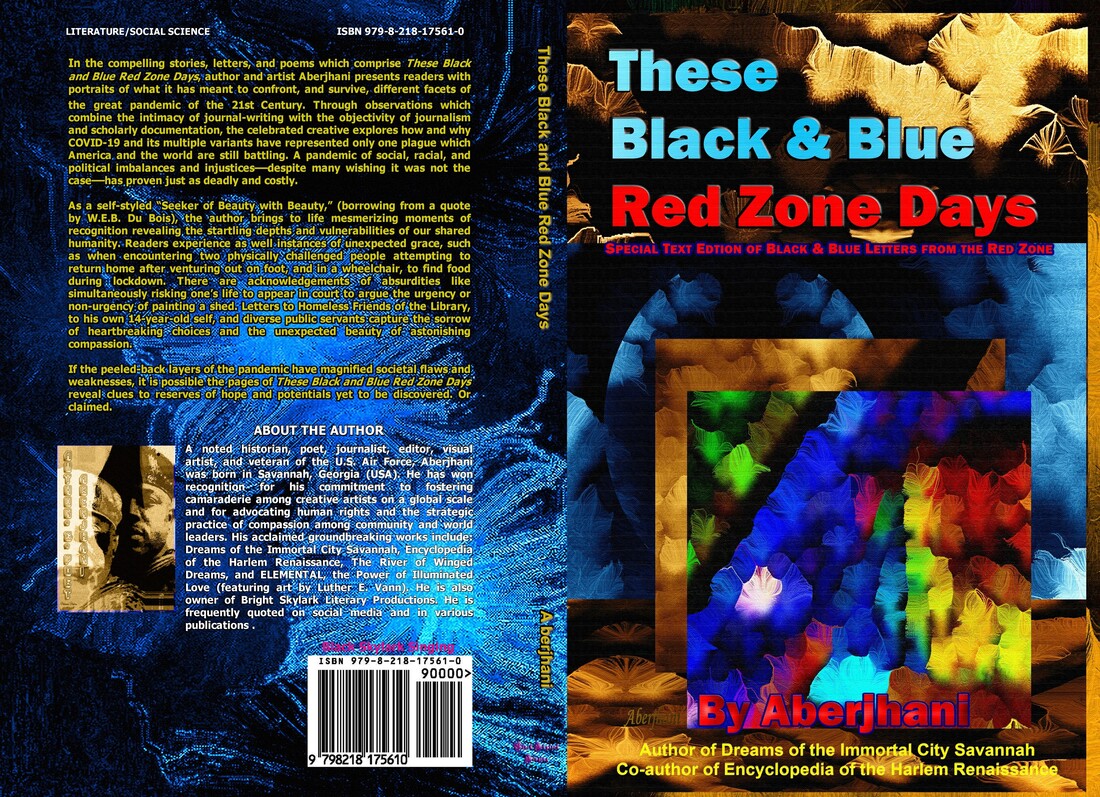
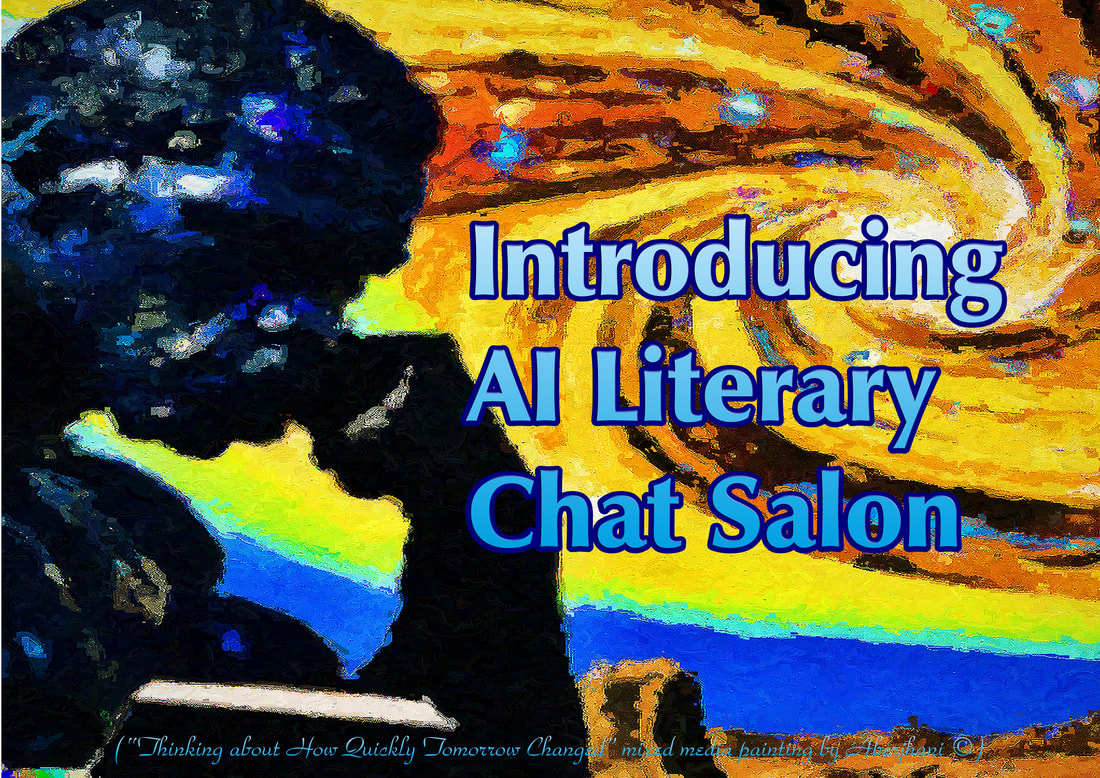
 RSS Feed
RSS Feed